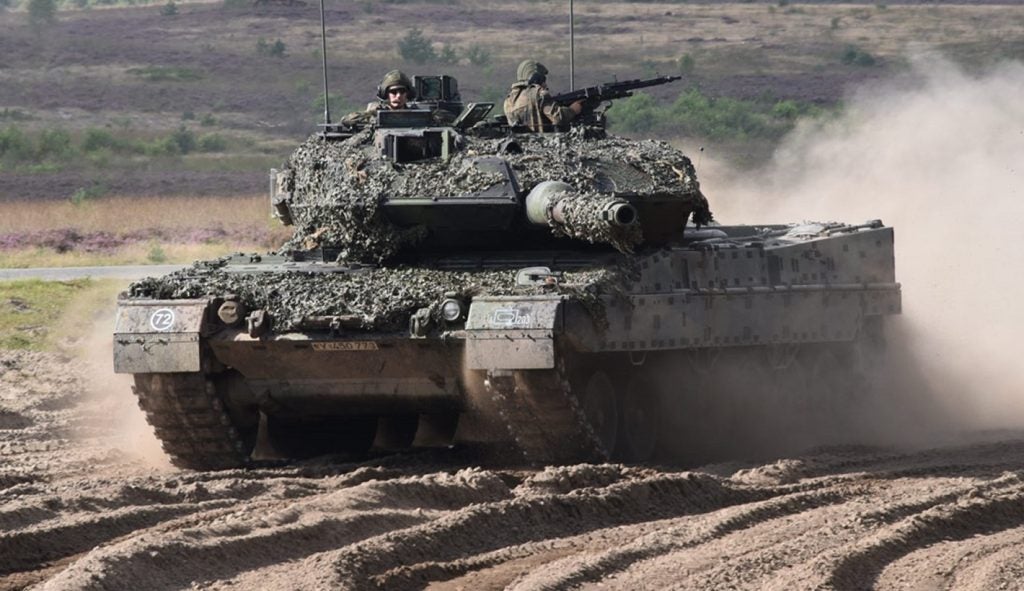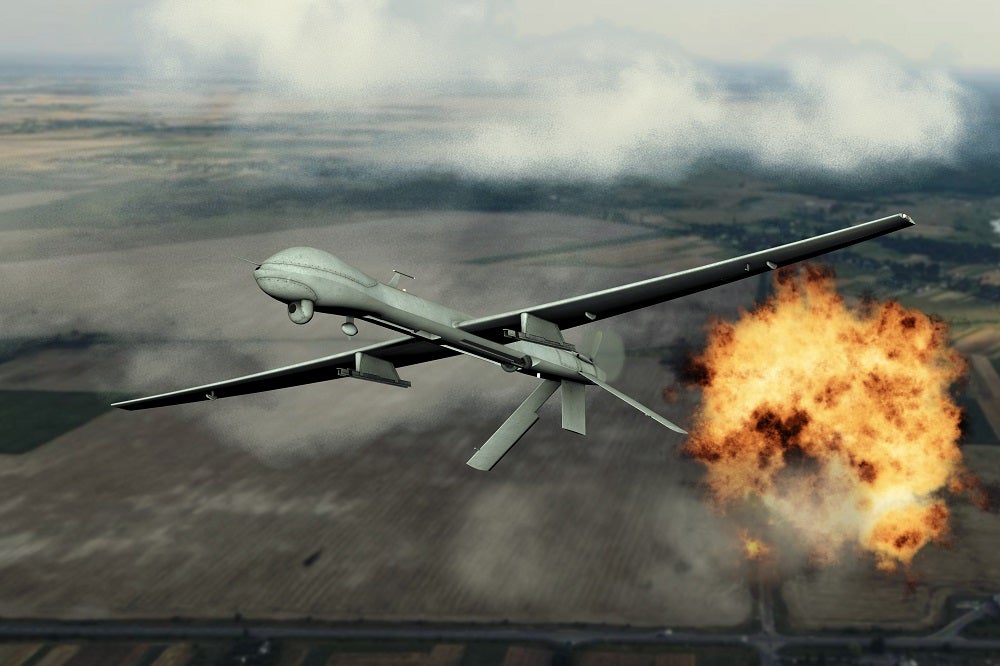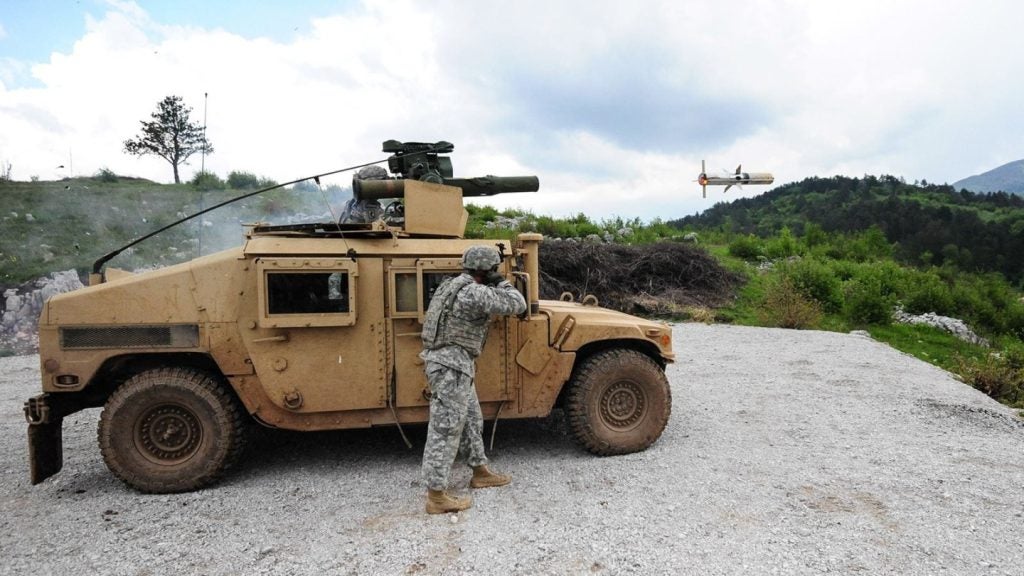
With North Korean aggression steadily ramping up over the course of the year, the world has been forced to deal with the looming possibility of a nuclear-armed dictatorship. Here, we look back over the actions undertaken by North Korea over the course of 2017 and how the world responded.
1st January: Kim Jong Un’s 2017 New Year’s Address
North Korea’s ‘Respected Supreme Leader’ Kim Jong Un set the tone for 2017 right from the start. His New Year’s address to the nation spoke of the “epochal turn” that had been achieved in 2016, as the “country achieved the status of a nuclear power, a military giant, in the East which no enemy, however formidable, would dare to provoke.”
This, he said, would help counter “the imperialists’ nuclear war threats, which were growing more wicked day by day” and boasted that the test launch of a fully functional intercontinental ballistic missile had entered the final stages of preparation.
11th February: First launch of 2017
A consummate showman, Kim Jong Un chose the state visit of Japanese Prime Minister Shinzo Abe to the US to launch the first missile of both 2017 and of the Trump administration.
Initially there was some speculation that North Korea had done as its leader had promised in his New Year speech and test fired the first stage of an ICBM, before Pyongyang announced that the launch had instead been of a new medium range ballistic missile, the Pukguksong-2.
A cold-launched, solid-fuelled development of the earlier Pukkuksong-1 submarine-launched ballistic missile, it represented a significant step forward for North Korean missile technology.
How well do you really know your competitors?
Access the most comprehensive Company Profiles on the market, powered by GlobalData. Save hours of research. Gain competitive edge.

Thank you!
Your download email will arrive shortly
Not ready to buy yet? Download a free sample
We are confident about the unique quality of our Company Profiles. However, we want you to make the most beneficial decision for your business, so we offer a free sample that you can download by submitting the below form
By GlobalData15th April: Day of the Sun
Since 1968 the birthday of Kim Il-sung, the country’s founder and Kim Jong Un’s grandfather, has been an official holiday in North Korea. It was renamed the “Day of the Sun” in 1997, and represents the most important public celebration in the North Korean calendar.
To mark the day in 2017, Kim Jong Un staged a huge military parade, using the occasion to display two new intercontinental ballistic missile-sized canisters for the first time, along with land- and submarine-launched ballistic missiles.
Pyongyang was also widely expected to use the occasion to test a sixth nuclear device, but ultimately the speculation proved unfounded. The very next day, however, an attempted ballistic missile launch exploded almost immediately after lift-off.
4th July: Independence Day fireworks
Kim Jong Un chose to mark US Independence Day by making good on his New Year’s boast to launch the country’s first ICBM. Hwasong-14 flew for a little under 40 minutes on a highly-lofted trajectory, travelling 580 miles (930 km) and reaching an altitude of 1,741 miles (2,802 km) before sinking into the depths of the Sea of Japan.
Analysis at the time suggested that if the missile were to be fired on a more conventional trajectory, its range would be some 4,200 miles (6,700 km) – potentially putting the US state of Alaska in the cross hairs.
Roundly condemned by the international community, the test sparked an Emergency Debate of the UN Security Council members the next day, at which US Ambassador, Nikki Haley, warned that America would take military action if necessary, and called on Russia and China to do more to help.
8th August: Fire, fury and the threat to Guam
In early August, reports began to appear in the media that, according to a confidential US Defense Intelligence Agency assessment, North Korea had finally managed to build a functional nuclear warhead small enough to be fitted inside its missiles.
Speaking at an event at one of his golf courses, President Trump warned North Korea that any nuclear threat would “be met with fire and fury and frankly power, the likes of which this world has never seen before.”
Shortly afterwards, Pyongyang announced that it was mulling over the details of an attack on the US military bases on the island of Guam – US territory in the Pacific, nearly three times closer to North Korea than the American mainland.
12th August: The 1,000 percent promise
As the rhetoric continued to ramp-up between Washington and Pyongyang, President Trump called a surprised Eddie Calvo, the Governor of Guam, to promise him that the White House was “with you a thousand percent.”
While this perhaps proves that mathematics is not exactly Trump’s strong suit, being told that “you are safe” by the Commander-in-Chief of the world’s most powerful military probably goes a long way in the reassurance stakes. Governor Calvo posted a speaker-phone video of the exchange on his Facebook page, and became something of an instant internet celebrity.
29th August: Missile over Japan
In the early hours of the 29th August, North Korea launched a missile over the island of Hokkaido. North Korean rockets had overflown the Japanese archipelago on previous occasions, but those were claimed to be satellite launches; this however, was the first bona fide missile and once again, the timing was significant too. The test flight took place on the 107th anniversary of the Japan-Korea annexation treaty which heralded the start of Japanese rule in Korea, with KCNA, North Korea’s state news agency, proclaiming it “a bold plan to make the cruel Japanese islanders insensible” as a reminder of that day in 1910.
While it signally failed to achieve that, it did convene another emergency meeting of the UN Security Council the next day, sparked renewed international condemnation and moved President Trump to warn that “all options are on the table.”
3rd September: Testing Kim’s H-bomb
A magnitude 6.3 earthquake detected by the US Geological Survey coming from beside North Korea’s primary nuclear test site announced the country’s sixth nuclear weapon detonation since its active testing of nuclear devices began back in 2006. Pyongyang claimed that this weapon, which had a yield possibly as high as 250 kilotons according to some estimates, was a hydrogen bomb capable of being fitted to an ICBM. In typical style, state news agency KCNA also claimed that it gave North Korea the capability to launch “a super-powerful electromagnetic pulse attack.”
The next day, as the UN Security Council again convened to discuss their response, South Korea mounted a significant military exercise simulating a strike on the North’s Punggye-ri nuclear test site.
15th September: “Ashes and Darkness”
On 15th September, a day after North Korea had threatened to sink Japan and turn the US into “ashes and darkness”, an intermediate-range ballistic missile (IRBM) was launched from near to Pyongyang, and again flew over Hokkaido, Japan before ultimately falling into the waters of the western Pacific. Travelling around 2,300 miles (3,700 km) and reaching a maximum height of 480 miles (770 km) over the course of its 19 minute duration, this represents Pyongyang’s longest-ever IRBM flight to date.
19th September: “Rocket Man”
In his maiden speech to the United Nations General Assembly, President Donald Trump warned that if the United States were to be “forced to defend itself or its allies, we will have no choice but to totally destroy North Korea.”
Referring to him as “Rocket Man”, Trump said that Kim Jong Un was “on a suicide mission for himself and for his regime.” The United States had the capability and willingness to use force, he told the Assembly, but hoped that it would not prove necessary and that other means could be used to resolve the crisis. “That’s what the United Nations is all about; that’s what the United Nations is for,” he said. “Let’s see how they do.”
The following day Trump signed an executive order to deepen the US sanctions against North Korea; Kim Jong Un subsequently described POTUS as a “mentally deranged US dotard.”
23rd October: Return to round-the-clock readiness?
In a statement on 23rd October, the US Air Force strongly denied the rumours that B-52 strategic nuclear bombers were being put back on 24-hour alert for the first time since the end of the Cold War.
Apparently they were simply upgrading the crew facilities at the Barksdale base in Louisiana just in case the B-52s should ever be called upon to resume their round-the-clock readiness at some unspecified point in the future, which is perhaps not an entirely convincing distinction.
8th November: “Path for a better future”
In Japan, at the start of his tour of Asia, President Trump appeared to offer something of an olive branch to Kim Jong Un, saying that he “would certainly be open” to sitting down to talks with the North Korean leader. It came against the backdrop of the release of a stark Pentagon assessment that only a ground invasion could ensure the destruction of Pyongyang’s nuclear weapons programme “with complete certainty.”
Three days later, speaking in China on the 8th November, although Mr Trump warned the North “do not underestimate us, do not try us,” he also held out the hope of a diplomatic resolution saying, “we will offer you a path for a better future.” Only time will tell if it Pyongyang will ultimately choose to take it.







